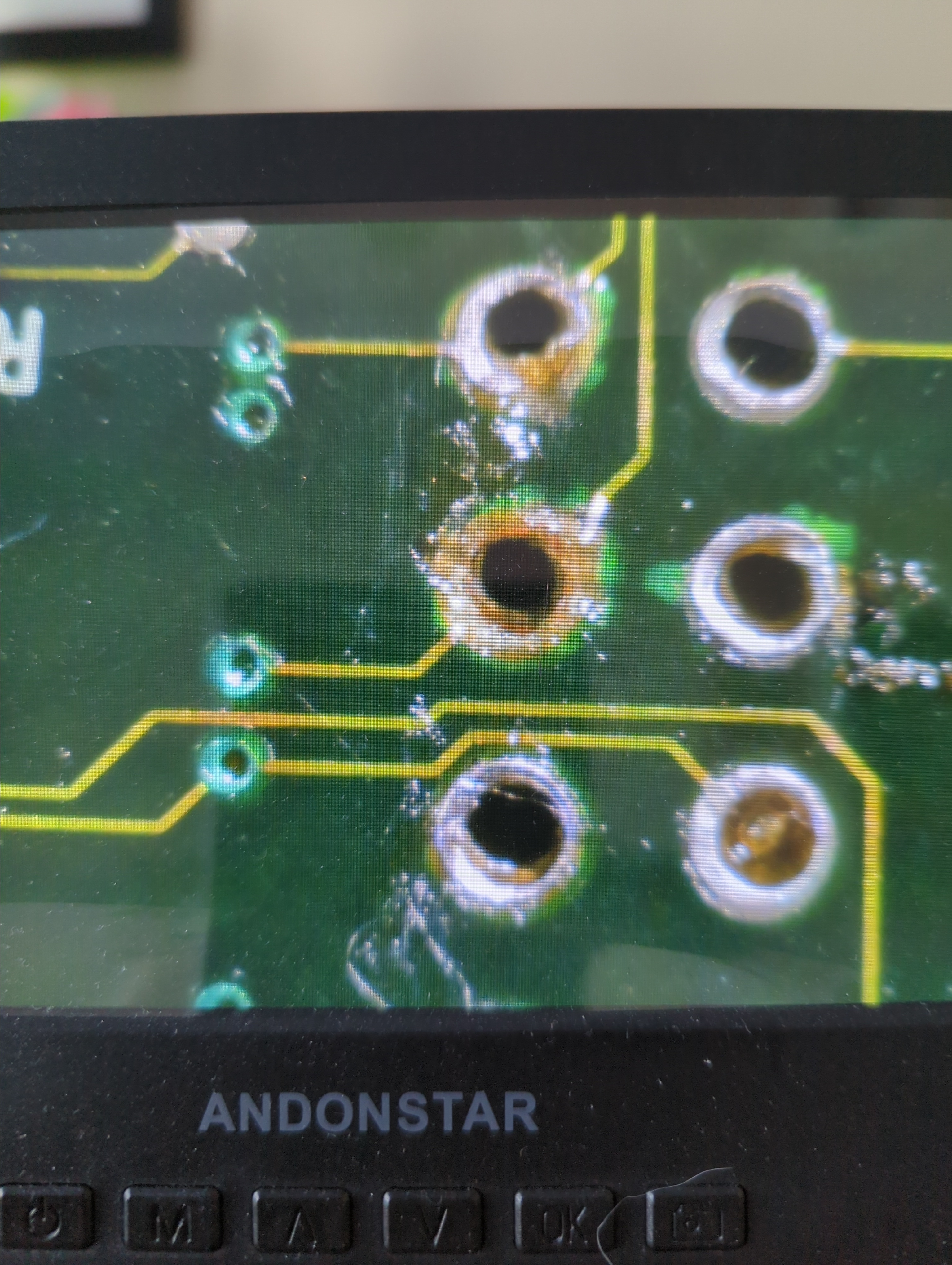Soldering
This community is for electronic hobbyists to discuss projects and is focused on soldering. Everyone is welcome from the noob to people who have been soldering as a hobby for decades to people who solder professionally. We'll talk about materials and techniques, equipment, and projects. Everyone is welcome. All questions are welcome. Post photos and ask for help.
RULES:
-
All Lemmy.ca rules apply here.
-
Everyone (see rule 98) is welcome.
-
If you’ve seen a question 100 times answer it the 101st time or ignore it. Even better, write a complete, detailed answer and suggest that the mod(s) pin it to the community.
-
Don't tell other users what they should have done of that what you do is better. You do what you want to do and let other people do what they want to do. What is best for you might not be best for others.
[Did you actually think there were 98 rules?]
-
If you present something as fact and are asked to provide proof or a source provide proof or a source. Proof must be from a reliable source. If you fail to provide proof or a source your post or comment may be removed.
-
Don’t be a dick. Yes, this is a catch-all rule.
-
The mod(s) have the final say.
view the rest of the comments

First, preheating the work area is important to prevent thermal energy from being soaked away. Board preheaters are helpful for thick boards (GPUs, PS5, etc). You can use a hot air station if you have one, or even a heat gun if you’re very careful and keep your distance.
Electronics are assembled with lead-free solder, which has a higher melting point. Add in some leaded solder and you’ll have a much easier time.
Get yourself a chisel tip or knife point. The wider surface area you can put in contact with the piece will transfer heat more effectively.
A chisel tip is good for small vias?
What about lowmelt? I've seen videos and it just gets all over everything.
I've ordered a couple practice board, I'm going to try to replicate my mistake (burn the pad off) then preheat the board and try a few different things to see what works best. I'll order some leaded solder too, thank you!
A tip with wide surface area is good for quick transfer of heat to the piece. It avoids the situation where you’re sitting there with the iron in prolonged contact while the temperature of surrounding areas / adhesives steadily increases while the solder doesn’t wet.
Low melt can be helpful, I recommend against using it for anything where a mechanical mount is needed (HDMI, DC Jacks, USB Receptacles, etc) or for high temperature applications (e.g automotive) Once the bismuth is bound to a pad it’s almost impossible to get off without sanding/grinding, it permanently reduces the melting point in that area and increases the chance of losing that mechanical bond.
In case it wasn’t clear, the advice I outlined is to prevent burning the pad off in the first place. Once you’ve damaged pads / traces / vias you’re in restoration / workaround territory.
I understand, thank you.
The reason I burned the via was because I couldn't get the old solder out and didn't know how to do it safely. Sounds like the solution is to pre-heat the board, use leaded solder, and try a larger/different tip.
What I shouldn't do is use low melt or just keep increasing the temperature.